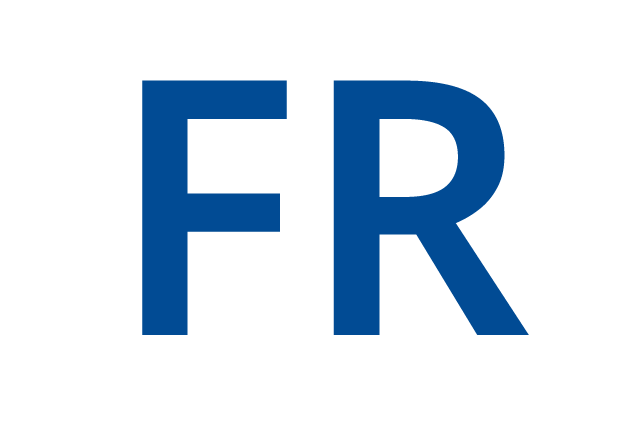
| Personal data | Research themes | Ongoing teaching | Publications |
DUTERRE Myriam



Units
Laboratory of Anatomy, Biomechanics and Organogenesis
The Laboratoires d'Anatomie, Biomécanique et Organogenèse (LABO, Faculty of Medicine) and d'Anatomie Fonctionnelle (LAF, Faculty of Human Motor Sciences) form a research group dedicated to human and animal anatomy, biomechanics and embryology. LABO/LAF's research is organized around complementary themes: biomechanics, modeling and functional assessment macroscopic and microscopic anatomy embryology and teratology forensic medicine and forensic anthropology HOX genes and ovarian function Neurobiomechanics Applied physical anthropology in paleoanthropology
Projetcs
Embryology and Teratology, Craniofacial Anatomy and Louis Deroubaix Anatomy and Embryology Museum
Embryology and teratology: craniofacial anatomy This sector carries out work on normal facial development and abnormalities. In line with the non-partitioned nature of our various activities, this sector, which makes extensive use of data from microscopic morphology, has benefited from innovations of a quantitative nature introduced thanks to the experience acquired in the biomechanics and modeling sector. Embryology: avian pseudotooths and denticles: Given that dental regression is at the edge of the transition between dinosaurs and birds, this work involves histological and histochemical studies of the development of avian pseudotooths and denticles. Our interest in dental structures stems from our participation in the dental section courses. Several developmental genes are analyzed (SHH, MSX1, BMP4, beta-catenin, PITX2). These pseudo-tooths should be considered essentially as tactile organs. Current work focuses on the corneal papillae of the tongue of certain birds (notably the goose), which appear as true pseudo-tooths.
Macroscopic and microscopic anatomy
Comparative anatomy of the Achilles tendon : This project, carried out in collaboration between LABO, LAF, the Swedish School of Sports and the Histology Laboratory, aims to study the macroscopic and microscopic morphology of the human and primate Achilles tendon to clarify contradictions in the literature concerning the twisting of fibers, the existence of sub-tendons and the preferential location of overload lesions within the tendon. To this end, this study combines several in vivo and in vitro techniques to answer these questions, including classical dissection and morphometry, stereophotogrammetry, histology and medical imaging. Anatomy of the components involved in the thoraco-lumbar fascia, including the interfascial trigone: The aim of this research project is to characterize the microscopic anatomical, morphological and functional aspects of the lumbar interfascial trigone belonging to the thoracolumbar fascia, in order to identify its potential clinical involvement in low back pain. Macroscopic and microscopic analysis of hamstrings and their connective tissues: The central objective of this research project is to characterize the anatomical variations of the hamstrings, in particular at the level of connective tissue (tendon, paratenon and myotendinous junction), likely to influence the biomechanical behavior of the IJs and thus constitute a risk factor in the development of muscle injuries.

